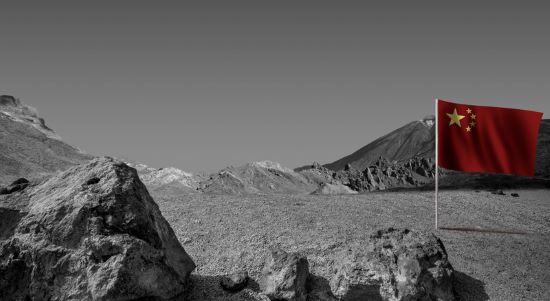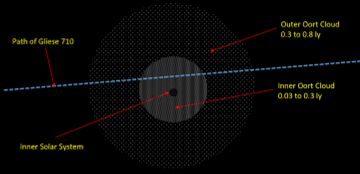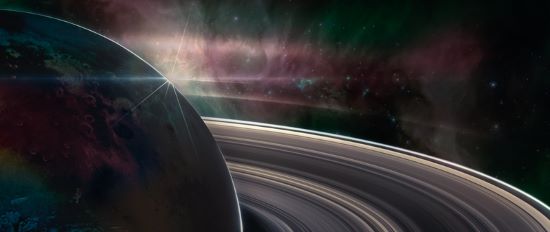Several recently announced space stories caught my eye. These include:
- China’s recent announcements about its space plans.
- A star named Gliese 710 will approach our Solar System in 1.3 million years.
- Europa Clipper launched to search for signs of life on a Jovian moon.
- Bloomberg’s Opinion About NASA’s Artemis Program.
In this posting, we look at the first two stories. You’ll have to catch the next installment to read the remainder.
China’s Space Plans Announced

China’s Academy of Sciences and the National Space Administration released the country’s space exploration goals from now to 2050. What interests Chinese scientists is no different from what catches the attention of those in academia around the world and at agencies like NASA, ESA, Canada’s Space Agency, Japan’s JAXA, India’s ISRO, Russia’s Roscosmos, and others.
China’s scientists and engineers want to learn about:
- The origins of the Universe and how the physical laws that govern it developed.
- Gravitational waves and space-time.
- Habitable planets and the search for extraterrestrial life.
- The physical complexities of our Solar System and the interaction of the planets, moons, and other orbiting bodies that circle the Sun.
- Life in space.
- Quantum mechanics and general relativity in the context of space.
Among its plans include:
- The continued operation of a Low-Earth Orbit space station.
- Lunar exploration involving robots and human crews.
- Development of an International Lunar Research Station.
- 15 new science satellites developed and launched between now and 2036.
- 30 space science missions to fly between 2036 and 2050 when China hopes to become the world’s leading authority on space.
It is an ambitious plan which includes aspirations to launch 100 missions per year. Aspirations are one thing. Reality is another.
The Star Gliese 710’s Future Close Encounter
Approximately 1.28 million years from now, a small orange star named Gliese 710 will make a close approach to our Solar System at a distance of 0.166 light years. Gliese 710 is a little more than half the size of our Sun. Today it is 62.3 light years away. It may or may not have any orbiting planets.
Will humans still be around to see it?
What kind of disruptive impact will this close encounter have on the Solar System?
If humans are around it will pass well within the outer Oort Cloud which is a disk lying between 0.03 and 0.3 light years from our Sun. It will become as bright an object as Jupiter in the night sky, and as it ploughs through both the outer and inner Oort Clouds at a speed of 14.5 kilometres per second it will disrupt the orbit of many of the icy bodies that circle our Sun at that remote distance. Disrupted, many will likely spin out further into space or be redirected to the inner Solar System. The inhabitants of Earth will be entertained by a light show not seen in tens of millions of years. Some of those larger icy bodies as comets may even impact Earth or our Moon.

How certain are astronomers that this will happen? The mathematics indicate that the radial velocity and motion of Gliese 710 with 99% certainty will result in it passing within 0.147 and 0.189 light years from the Sun. For comparison, Pluto, a dwarf planet in the Kuiper Belt of our Solar System is roughly 0.000525 light-years or 4.6 light hours from the Sun. So Gliese 710 will still be a significant distance away from Earth. But no other star has passed this close to the Solar System in millions of years and no other is expected in the millions of years ahead.
What makes the Gliese 710 rendezvous a potential life-altering threat for Earth? Even though it is a relatively small star, it is 600 times the mass of Jupiter. A mass that size encountering the outer and inner Oort Clouds will produce gravitational pulls of significance affecting the orbits of the icy protoplanetary bodies that circle the Sun from these great distances. We cannot conjecture how many will be impacted by Gliese 710 as it passes by.
Future astronomers here on Earth or wherever humanity finds itself in our Solar System will get to observe a rare event. If they are humans still on Earth they may see a future day when one of those icy bodies strikes Earth in an event similar to that which marks the Cretaceous-Tertiary boundary of 65 million years ago.
Next time on Space News Bites you can read about the Europa Clipper and the search for life in the outer Solar System, and about the boondoggle known as the Artemis Program.








